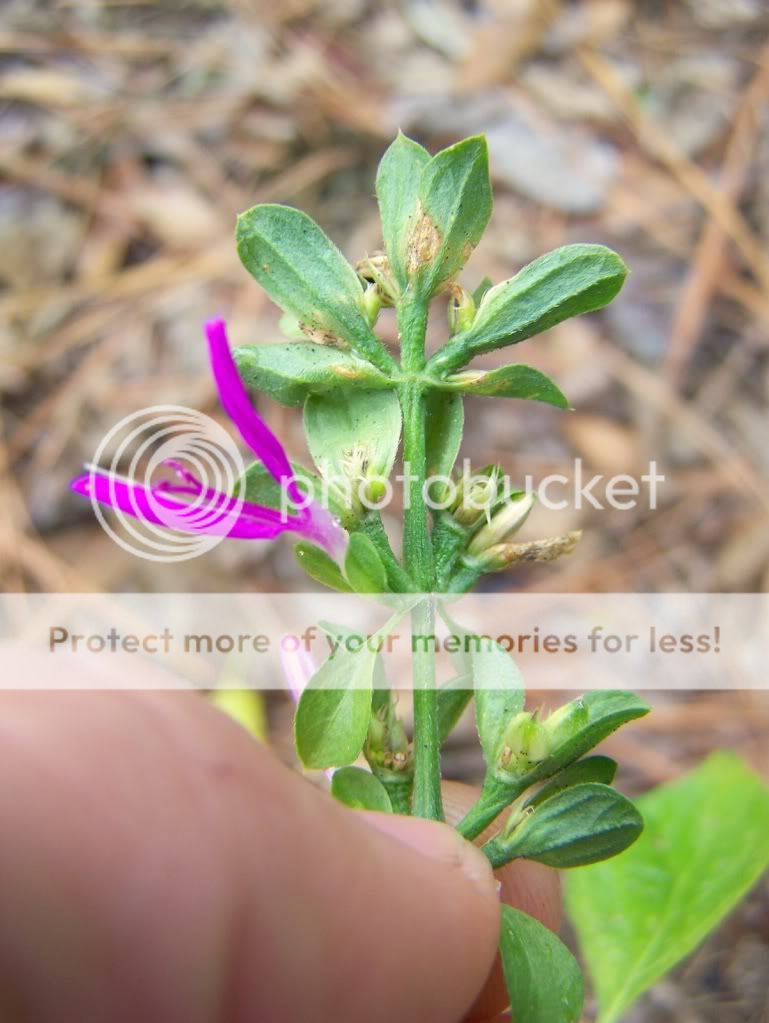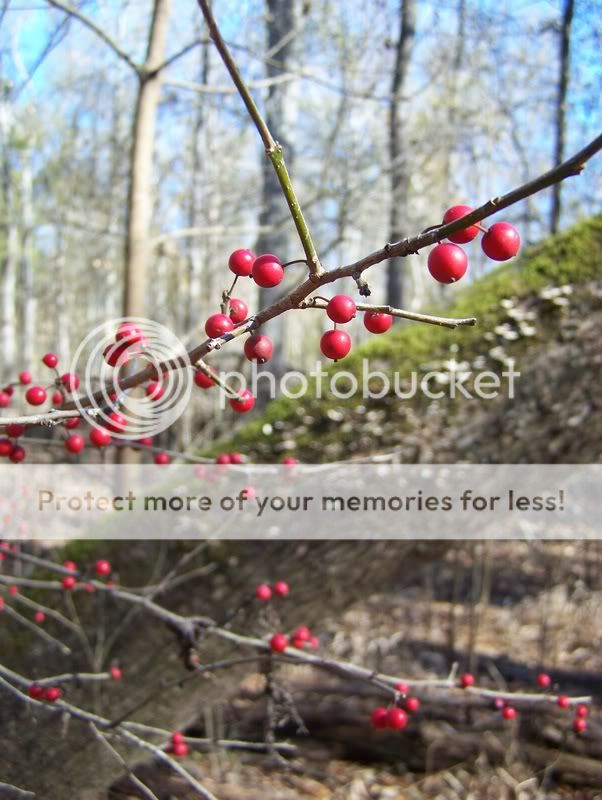This is a less-well-known wildflower that grows in moist, shady forests. It grows around a foot tall. The stems are distinctive in being ribbed and swollen around the nodes. The flowers appear to have only two petals.


A blog documenting the native and adapted plants of Southeast Texas.













